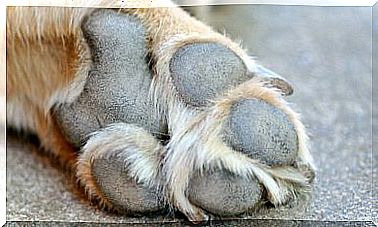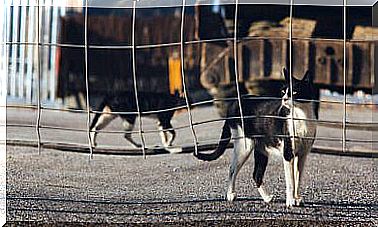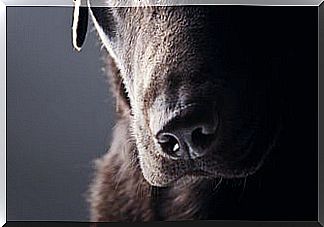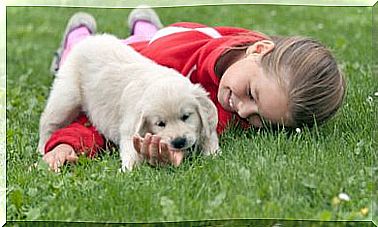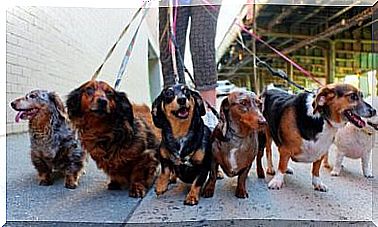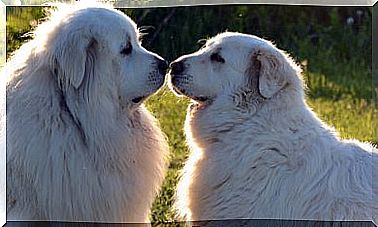Tips For Training Shy Dogs
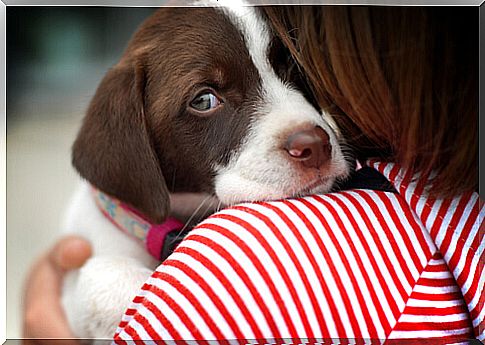
Shyness in animals is caused by insecurity. This insecurity can derive from a genetic predisposition, from a lack of adequate socialization in the first months of the dog’s life (if for example he did not leave the house and did not have the opportunity to come into contact with other dogs or people), from the inability of the master to clearly state his role as leader, or from a traumatic experience in the past (such as verbal, physical or emotional abuse).
The signs that show a dog is shy or afraid are usually the ears folded over the head, the receding gaze and looking to the opposite side, the lips pursed, the body arched or contracted in a C-shape, and the tail between the legs.. Below we explain how to train a shy dog.
Basic obedience

A shy or insecure dog will resist at the time of education and socialization. Nevertheless, his shyness can be solved by establishing a set of rules of conduct, and using a lot of patience. The first thing to do is to affirm yourself, as the boss, as a clear leader of the group. If the owner does not clearly stand out as a pack leader, the dog will not listen to him and will not trust him; a dog that does not trust its owner will not learn to relax and feel comfortable in the environment.
To be accepted as a leader, the owner will have to start using the “nothing is free” technique, that is, making his dog work to get prizes, strokes or games. He will also have to begin a basic obedience program, teaching his four-legged friend to sit, come, lie down and remain silent. These exercises are useful to reinforce the owner’s authority towards the dog, and to the latter to trust the owner, as well as being an opportunity to give him a necessary education.
No pampering
Even though it is difficult, a necessary rule for educating an insecure dog is not to cuddle or try to reassure him, because he will perceive the cuddling as praise and will think that being afraid is correct. You will not have to rush when he cries and it must be made clear that he will not be protected when he is afraid. What you can do instead is reward him when he remains calm in situations in which he previously tended to get nervous enough.
It will also be appropriate to put him in those conditions that cause him fear so that he can overcome his fears, naturally without forcing him, but directly and firmly: he must not be given a choice. Before the dog panics, you will have to attract his attention, make him listen to the owner, in this way he will be distracted and carry on with more confidence what he is afraid to do.
Dogs learn through repetition, which makes the phenomena familiar to them. If an action that he is afraid of is repeated frequently, the dog will end up performing it, because once he considers it familiar it will cause him a sense of trust.
A correct position
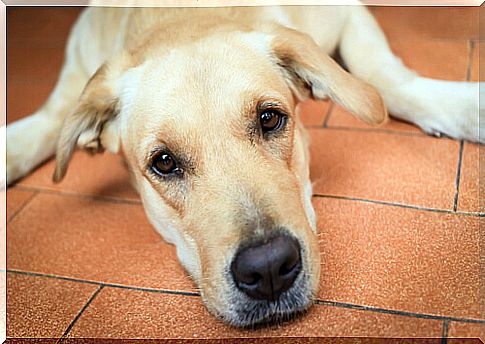
A dog’s bodily attitude is also important when it comes to controlling his shyness. We must try not to make him assume a submissive position. When performing the conducting exercises, he should be forced to keep his head up and his body erect. The mind follows the body, and if the body is sure of itself, the mind will also begin to relax.
Other techniques are exercise and movement. Exercise helps to relieve stress and, in addition to releasing energy, relaxes the animal, so it is convenient to take the dog for exercise and long walks, and at the same time teach him to play and let him win, in so that you recover some security.
The walks are also useful for the socialization of your pet. It is advisable to take him to different places so that he can get to know other people and animals, and so that he can learn to play with them. To ensure that it is not frightened in front of a large number of people and new sensations, you will have to protect the physical space of the animal and not leave it too in contact with strangers. This means that a stranger can be allowed to pet him from time to time, so that the dog gradually loses his fears. Contact should only take place on the chest or neck, never on the head or behind the ears because this gesture can be interpreted as threatening and the dog could react aggressively.
By following these rules and arming themselves with patience, even a shy dog can easily become a sociable and easygoing dog ; However, we must remember that dogs perceive the state of mind of their owners, so an insecure and fearful owner will transmit these sensations to his little friend. A master must be confident and optimistic to be the leader of the pack.

